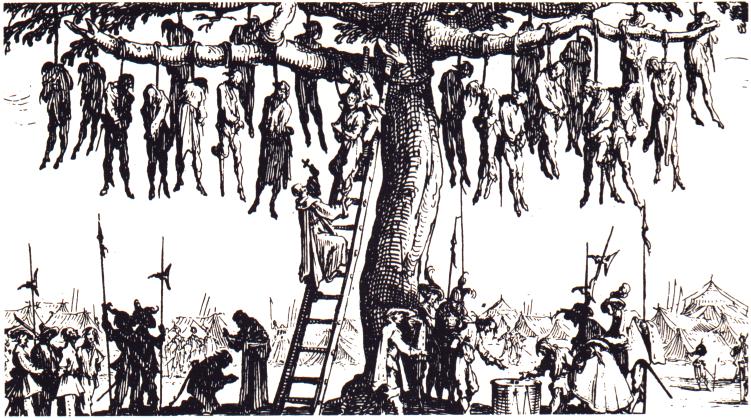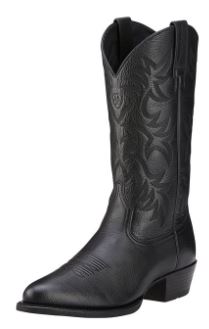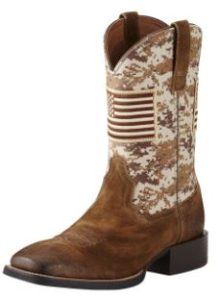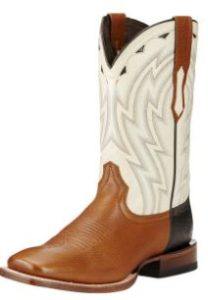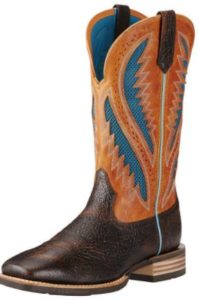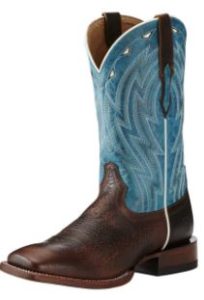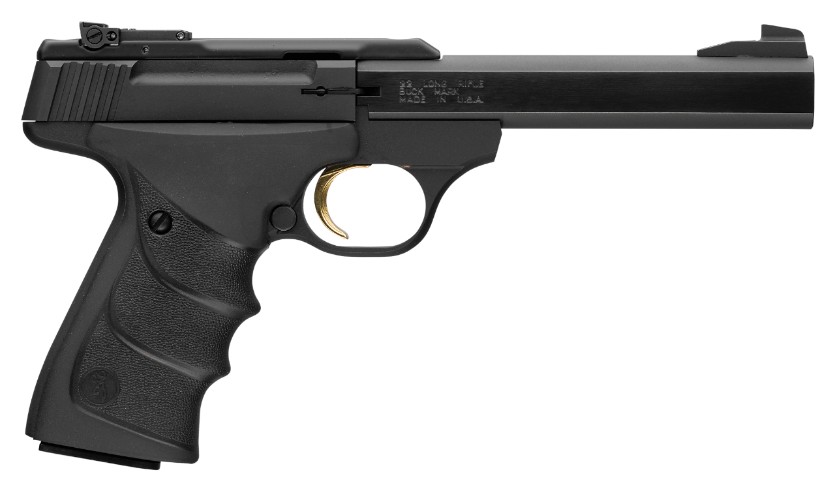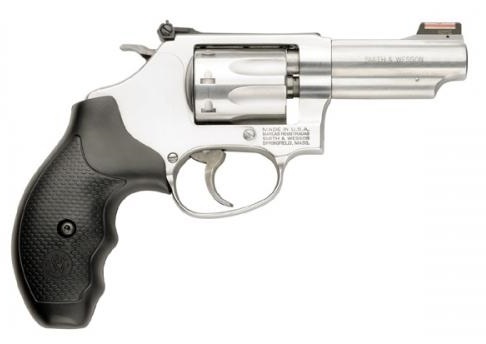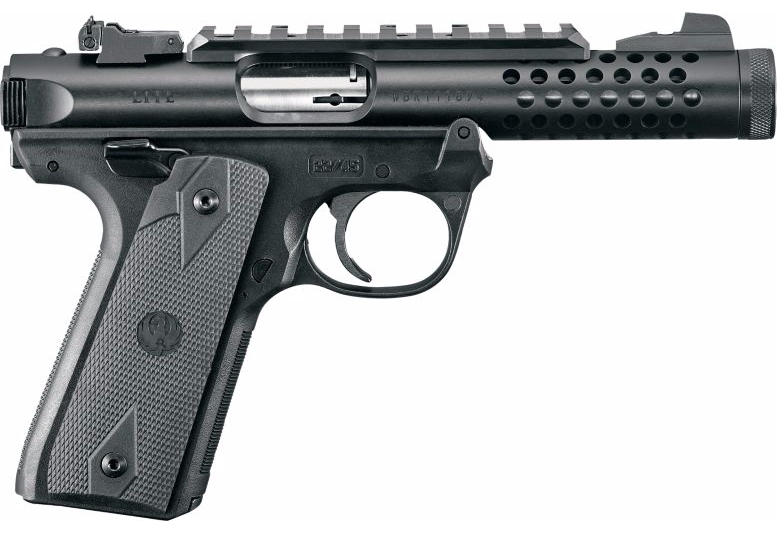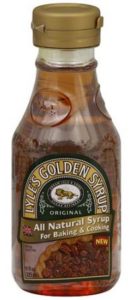Been back a couple days from my road trip, and now that I’ve washed the dust off, a couple of salient observations have suggested themselves to me.
I hate, absolutely loathe interstate highway travel.
My trip was to Colorado, and I took the familiar route of US 380 west, US 287 north, and after a brief trip along I-40 west, US 87 north, and I-25 north to my eventual destination, Denver.
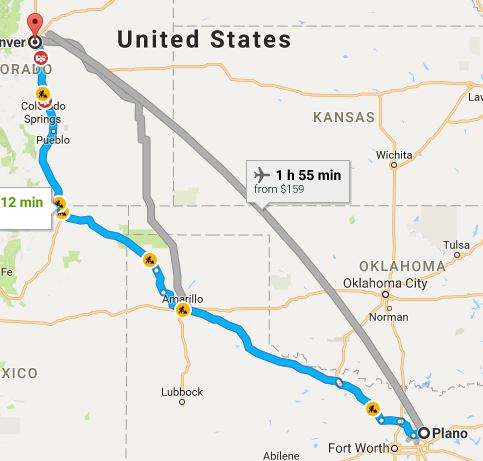
I was actually looking forward to the part of the trip from Raton NM to Pueblo because unlike most other interstates, that section of I-25 passes through some extraordinary scenery. Sadly, I spent a lot of time looking at said scenery because a rock fall had covered the northbound side of the highway and we were reduced to crawling along at walking pace in a single lane along the southbound road. Once clear of the construction area, I thought my problems were over, except that from Pueblo all the way to my destination, the traffic was the same density as rush-hour on the various Dallas interstates, i.e. parking-lot speed.
So coming back, I turned off at Castle Rock and after a short drive east, found my old friend US 287.
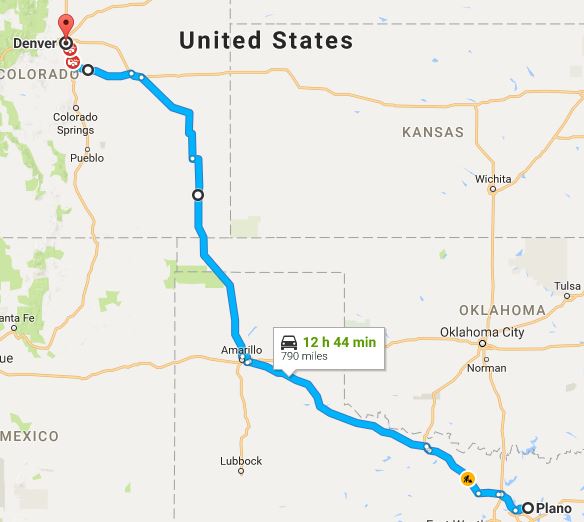
Unfortunately, US 287 outside northwest Texas is terrible: a two-lane road with only occasional (and too-short) overtaking lanes, and which was almost as bad as an interstate in terms of stressful driving. All the way through southern Colorado and the Oklahoma Panhandle was white-knuckle driving, which was only bearable because I had set myself no time deadlines for my return, and could spend long stretches behind 18-wheeler trucks without ever feeling the need to overtake them. And then I crossed the border into Texas.
I love US 287 in Texas.
If I could wave a magic wand, I would abolish all interstate highways and make them all like US 287 in Texas. Here’s why.
It’s a four-lane divided highway. This means that while the speed limit is 75mph, you have to be aware of the road and traffic because there are “turnarounds” from the left lane (with an added left-turn lane so traffic is not obstructed), and frequent intersections — even driveways — so once again, ya gotta pay attention.

Best of all, though, are the frequent signs which say “Left lane may only be used for overtaking”. And the Texas state troopers enforce this little rule with gusto, you betcha, which means that people (even truckers) actually drive like Germans, and only use the left lane for overtaking. After the horrorshow of a two-lane road and the earlier interstate highways, travel was not only easy but enjoyable. (A simple indicator of this is the fact that for hours, I had a spoken conversation with myself about various topics, in French — which means that I was completely relaxed.)
Another good thing about US 287 in Texas is that until you get closer to the DFW area, you don’t bypass the many little towns, you go through them. You know that you are approaching a town because there are speed-limit change warnings posted as the limit drops from 75 to 60 to 50 to 40 and finally to 35 within the city limits, and follow the reverse order once you leave town. Why is this a Good Thing? Because what happens is that you slow down figuratively as well as literally, and stopping for gas, food, or even just to stretch your legs is not the same ordeal as when hurtling along an interstate. Here’s one such town:
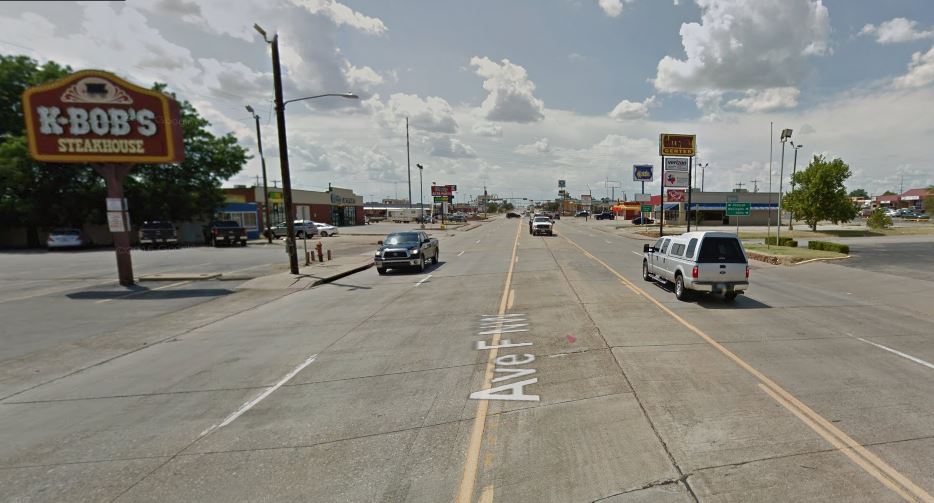
Dare I say this also gives one a chance to try local eateries such as K-Bob’s, instead of the same chain crap along interstates? (Yes, I did; an excellent steak, perfect baked potato and wonderful cole slaw, all for $12. I left an $8 tip for Sandy, which made her day.)
When I first arrived in the United States, I drove along many roads like these (usually with my friend Trevor), and trips like this made me fall hopelessly, helplessly in love with America. This last trip? It happened all over again, only more so.
I cannot express how good a thing this whole approach is when you’re driving long distances, and no doubt it added to the fact that I arrived home completely relaxed and at ease, and not with the frazzled thank-God-that’s-over! nerves of a typical road trip on interstate highways.
As my Loyal Readers know, at the end of the month I’m off to Britishland for an extended sabbatical which will deposit me back in the United States only in early January. As soon as winter is over, probably in April, I’m going to take another road trip, this time from Plano to Bar Harbor, Maine* and back (along a different route). I will only use the interstate highway to get me clear of Texas and Arkansas to my first stop in Memphis (because boring, done it many times). Thereafter there will be no interstate highways in the plan except for unavoidable things like mountain passes, and even then, I’ll try to find an alternate route. Five days up, five days driving along the Maine coast, five days back. Maybe more, I don’t care.
William Least Heat-Moon once wrote a book, Blue Highways, about this kind of travel. Well, from now on, all my highways will be blue — because I intend to fall in love with America all over again, and again, and again.
*Why Bar Harbor? Why not?
